Great Design Plant: Blackfoot Daisy for Prettier Dry Ground
http://decor-ideas.org 03/24/2014 02:23 Decor Ideas
Daisies will brighten up any landscape, and blackfoot daisy is no exception. Despite its fragile appearance, this low-growing perennial flourishes with little water in areas that experience bitter-cold winters, while also thriving in hot, dry desert summers. In fact, the only problem this tough ground cover is susceptible to is overwatering. Masses of white daisy-like flowers cover it once warm temperatures arrive. While short-lived, blackfoot daisy often reseeds itself, making replacement easy.
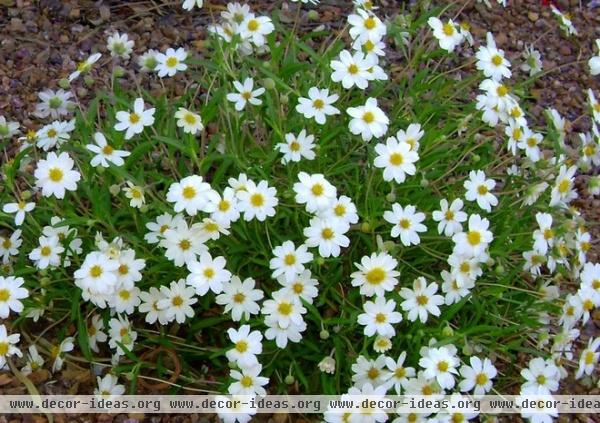
Botanical name: Melampodium leucanthum
Common name: Blackfoot daisy
Origin: Native to the Central Plains and southwestern United States, and on into northern Mexico
Where it will grow: Hardy to -20 degrees Fahrenheit (USDA zone 5; find your zone)
Water requirement: Low
Light requirement: Full, reflected sun to filtered shade
Mature size: 12 inches tall and 18 inches wide
Benefits and tolerances: Extremely drought tolerant once established; does best when watered two or three times a month during the summer and once a month in winter
Seasonal interest: Flowers in spring and fall in the low desert; will bloom in summertime in cooler zones
When to plant: Spring and fall; can be grown from seed or transplants
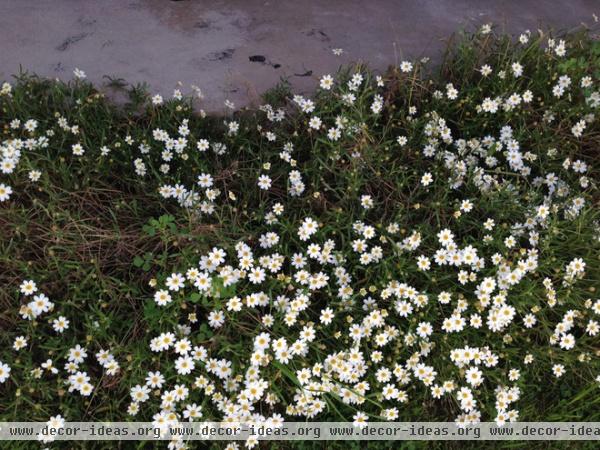
Distinguishing traits. While its delicate appearance belies its ability to handle difficult locations, blackfoot daisy is up to the challenge. Heat and cold won’t bother this pretty native, nor will intermittent watering.
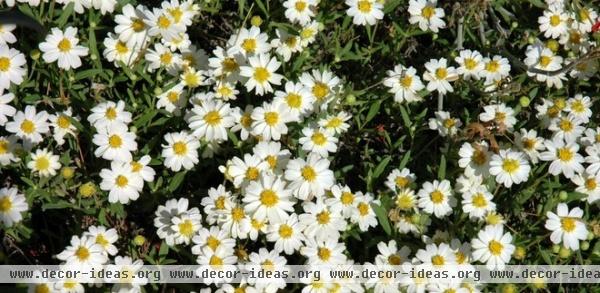
This softly mounded perennial has narrow, dark green leaves that reach 2 inches in length. Masses of 1-inch-wide white daisies appear once the weather warms. In low desert areas, flowers appear in spring and fall; they wait until summer to show up in higher elevations and cooler zones.
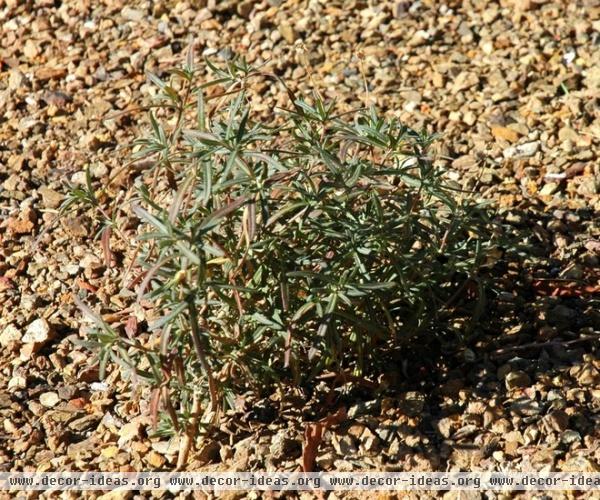
When not in flower, blackfoot daisy fades into the background, allowing other plants to take center stage.
Shown: Newly planted blackfoot daisy, not in flower
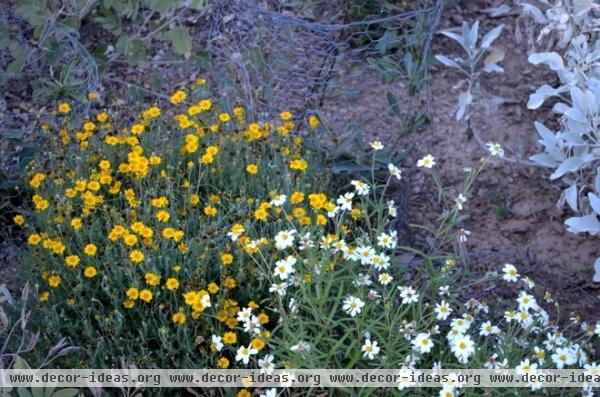
How to use it. Use blackfoot daisy in areas that receive full, reflected sun, where other plants may struggle to survive. Its compact size also makes it suitable for small areas.
The natural, mounded shape of blackfoot daisy adds soft texture to the landscape when used alongside succulents like agave, red yucca and santa-rita prickly pear. The delicate beauty of its white flowers is accentuated alongside flowering plants like angelita daisy, firecracker penstemon and verbena (Glandularia spp).
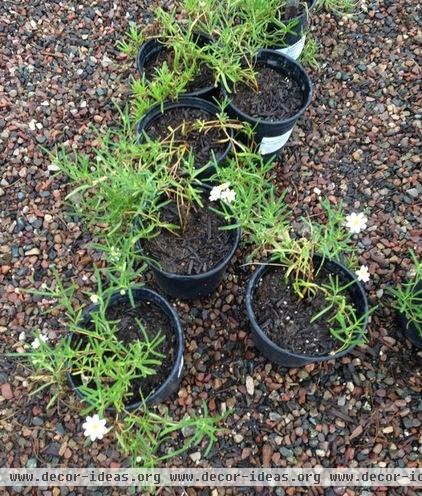
Planting notes. Like many plants adapted to arid conditions, blackfoot daisy has an appearance that does not impress in the nursery. However, once it is planted and the roots have a chance to grow, it will quickly become an attractive ground cover.
Plant it in full sun or filtered shade in well-drained soil. Too much water will cause the roots to rot. No supplemental fertilizer is needed.
If the plants become leggy, prune them back in the fall.
Shown: Blackfoot daisy in the nursery
See more gardening guides for your region
Related Articles Recommended












